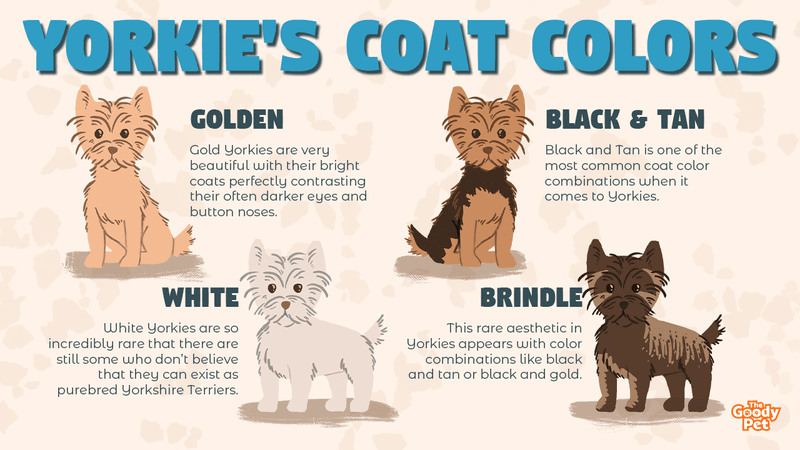Yorkies are some of the cutest little dogs you will ever see. There is just something about their compact, lapdog build and those big, dark eyes that is hard not to fall in love with. It is no wonder that they rank so highly among the most popular dogs according to the American Kennel Club.
Yorkie Terriers can come in a full golden coat color, chocolate and tan color combination, and brindle coat pattern, and many other beautiful colors and patterns. We’ve gathered a total of 11 colors and 5 beautiful patterns a Yorkie can come in.
16. Black & Gold Yorkie
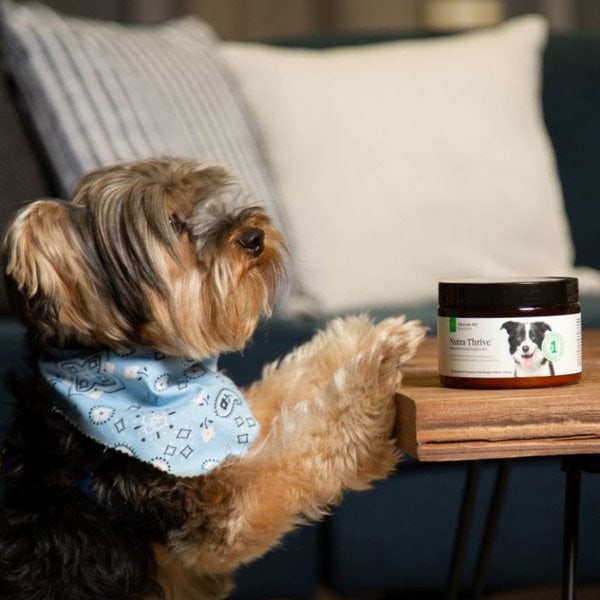
The gold part of the Black and Gold Yorkie is basically a brilliant, glossy shade of light brown. These parts occur all over the body but mainly around the snout, over the eyes, on the inner surface of the ears, and on the limbs.
The rest of the Yorkshire Terrier’s body in this case is a solid, rich black that may or may not also appear as glossy as the gold parts.
15. Black & Tan Yorkie
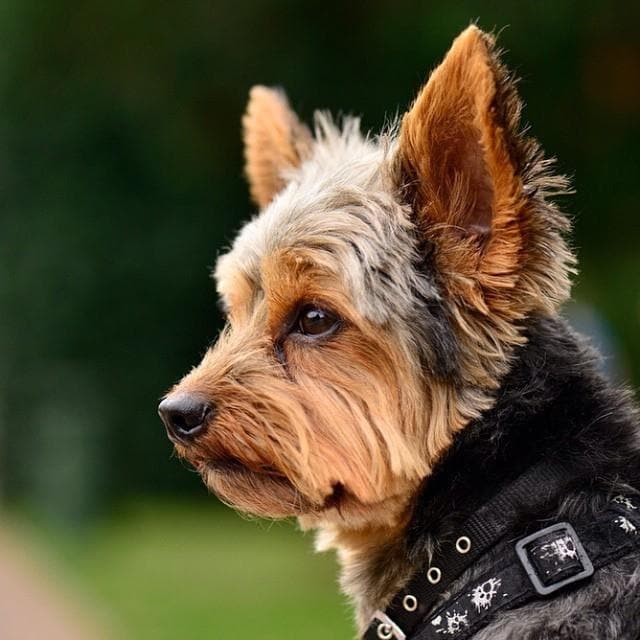
Black and Tan is one of the most common coat color combinations when it comes to Yorkies. The Bi-color trait is as a result of dominant genes which is why so many purebred Yorkies have this coat type.
The distribution of the tan coloring over the body of the Yorkie is unpredictable. In some cases, the Yorkie will have scattered tan patches over a predominantly black coat. In other instances, the Yorkie may even have the entire face being tan and the rest of the body as a mark-free black.
14. Blue & Gold Yorkie
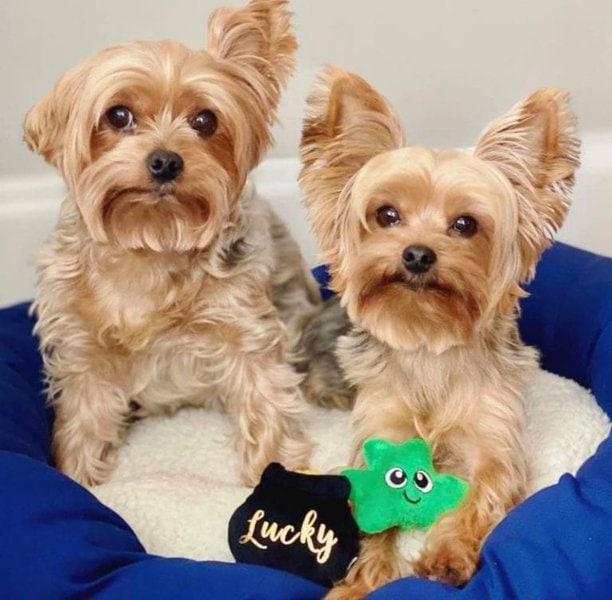
Blue coats in Yorkshire Terriers are as a result of specific genetic variations of the black coat that cause the dog to have a watered down, powdery shade of black. The blue parts on a black and gold Yorkie actually appear more like a glossy, silvery-blue shade.
The glossy nature complements the shiny, gold parts of the coat to make for a very beautiful dog. However, due to the similarity in the glossy nature, it is difficult to distinguish the blue from the gold with most Yorkies.
13. Blue & Tan Yorkie
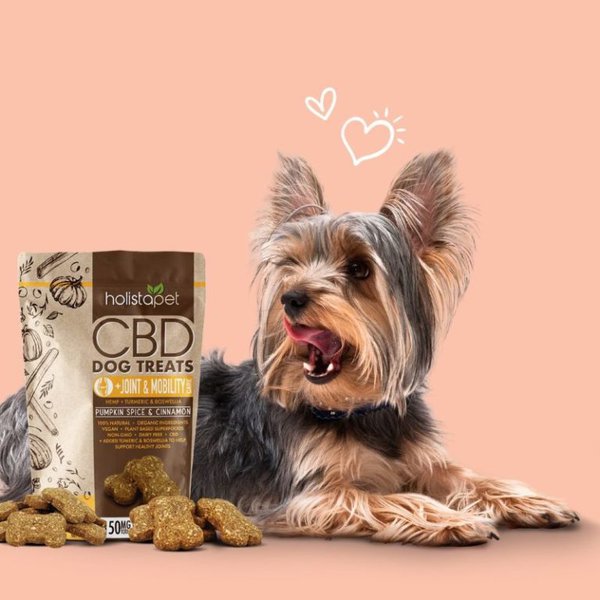
Blue and Tan is yet another very common color combination for the Yorkie breed. This bicolor variation is arguably one of the most beautiful. The shiny blue blends perfectly with the light tan for a combination that works both on long and short coats.
As with the Blue and Gold Yorkie, Blue and Tan Yorkies have the blue parts appearing as glossy, silver hues. However, there is better contrast between the tan markings and blue primary coat.
12. Gold Yorkie
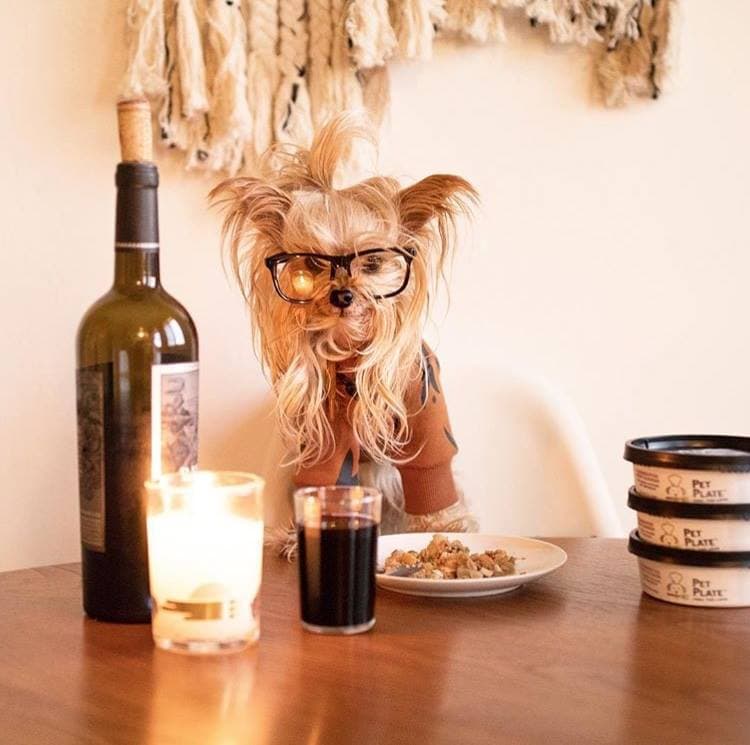
Gold Yorkies have a single-colored coat which is quite rare for the breed. This coat ranges from intense blonde shades to shiny, gold hues. Whatever the case, Gold Yorkies are very beautiful with their bright coats perfectly contrasting their often darker eyes and button noses.
The genes responsible for the Gold colored Yorkie are recessive and very rare. This means that two Gold Yorkies are needed to produce Gold puppies. It is no wonder that they are so hard to come by.
11. White Yorkie
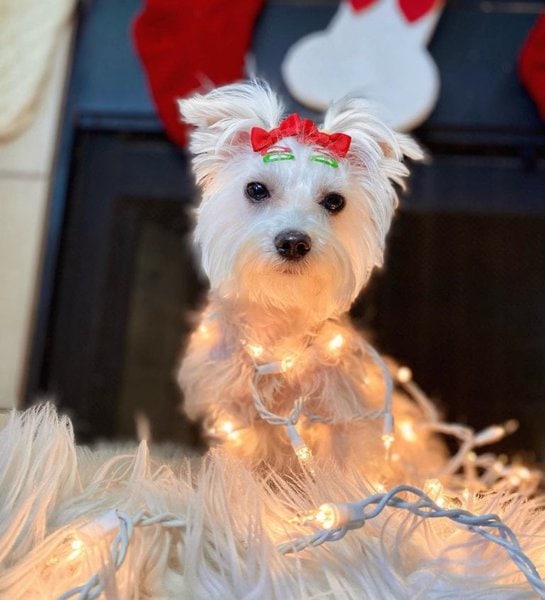
White Yorkies are so incredibly rare that there are still some who don’t believe that they can exist as purebred Yorkshire Terriers. However, this non-standard color can actually occur in purebred Yorkies in which case they are referred to as Leucistic.
White Yorkies usually have black noses and brown eyes. These features help distinguish Leucistic white Yorkies from albino white Yorkies whose noses and paw pads are pink and eyes may sometimes be blue.
10. Tricolor Yorkie
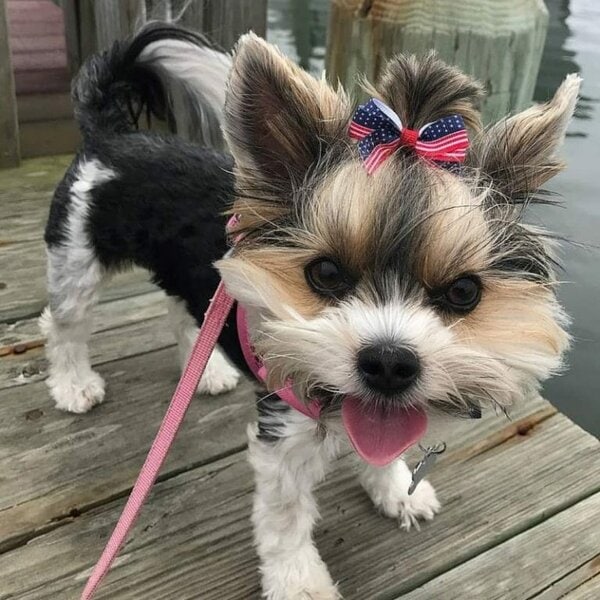
As the name suggests, Tricolor Yorkies contain a combination of 3 colors on one dog. This is rare for a breed that is predominantly bi-colored.
The colors include white which takes up most of the body in many cases of Tricolor traits in Yorkies. It could also occupy less space as markings on the face, neck, and chest in Tricolor Yorkies where black is the predominant color. Finally, the third color can either be brown, tan, or even gold and appears as scanty markings usually on the head and chest areas.
9. Liver Yorkie
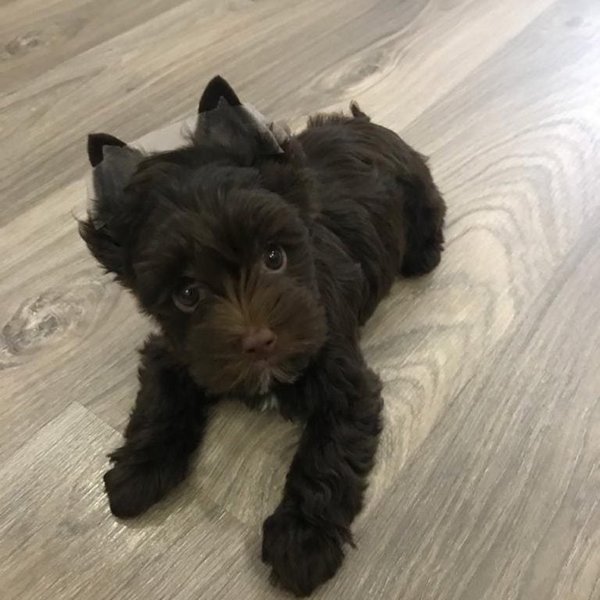
Liver Yorkie Terriers are incredibly rare. The liver color can best be described as a very dark shade of brown with red undertones. The coat in these Yorkies is rarely glossy and gets lighter as the dog gets older.
A distinct feature about these single colored Yorkies is that they occasionally have small, different colored markings. These include tiny patches of white fur on the chest. However, these appearances are very rare.
8. Chocolate Yorkie
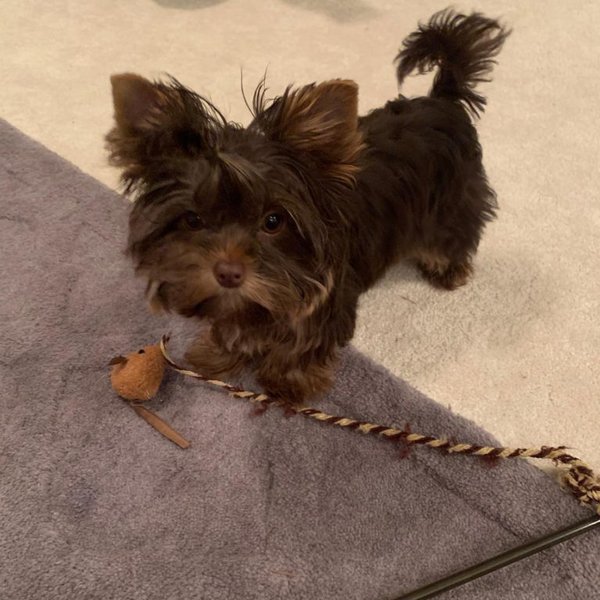
Chocolate Yorkies are often mistaken for Liver Yorkies and vice versa. What sets the chocolate variation apart is the fact that their coats have a rich, solid brown hue with black undertones. This gives the Yorkie the appearance of dark chocolate.
The closeness of this chocolate color to black is as a result of the brown eumelanin gene that is a variation of the gene responsible for black coats on Yorkie terriers.
7. Chocolate & White Yorkie
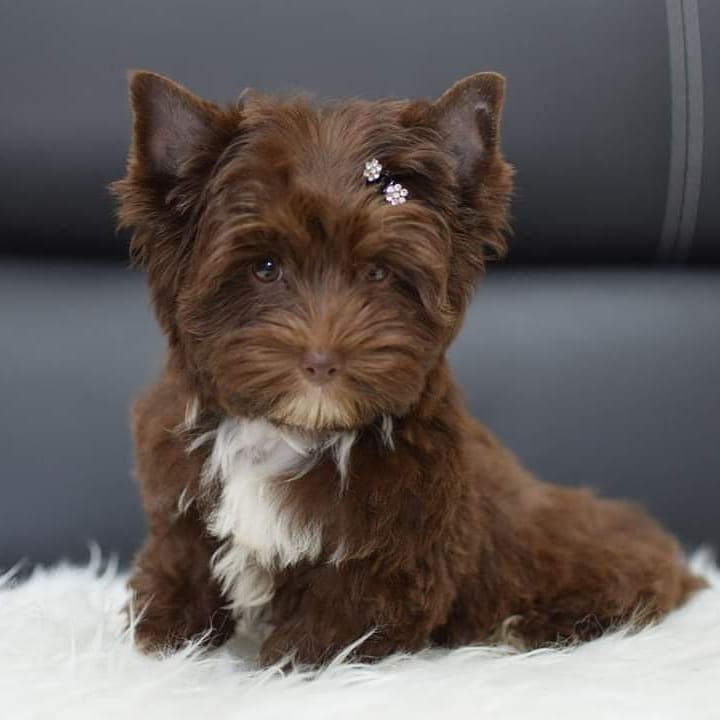
The Chocolate and White Yorkie Terrier features white markings on a predominantly chocolate coat. The markings appear as big patches usually on the neck and chest areas and occasionally on the dog’s face. The contrast between the two colors is more pronounced when the Yorkie is younger.
Both chocolate and white colors are very rare in Yorkies which is what makes the Chocolate and White variation so special and unique.
6. Chocolate & Tan Yorkie
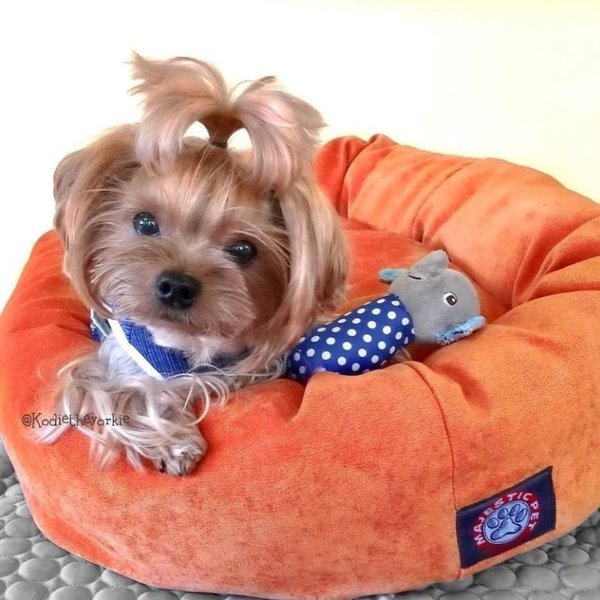
The Chocolate and Tan Yorkie Terrier is arguably the rarest variation of the breed based on coat color combinations. It may appear very similar to the Black and Tan Yorkie in terms of color intensity and marking patterns on the face and body especially when the dog is young.
However, as the Chocolate and Tan Yorkie’s coat gets lighter and settles into the chocolate brown hues. This color change can be fully appreciated at maturity when the dog is 12 to 18 months and onwards.
5. Spotted Yorkie
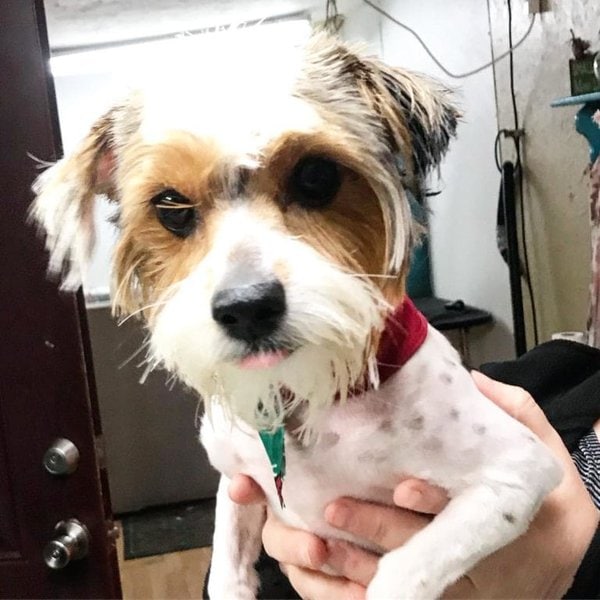
The spotted pattern on Yorkshire terriers features dark spots on a light coat. The dark spots may be black, brown, or even blue. The light coat on the other hand is usually white but may also be light shades of brown like tan.
The spotting is usually random and occurs in small patches. Most are concentrated over the back and the face of the Yorkie but they can generally occur anywhere on the dog’s body.
4. Parti Yorkie
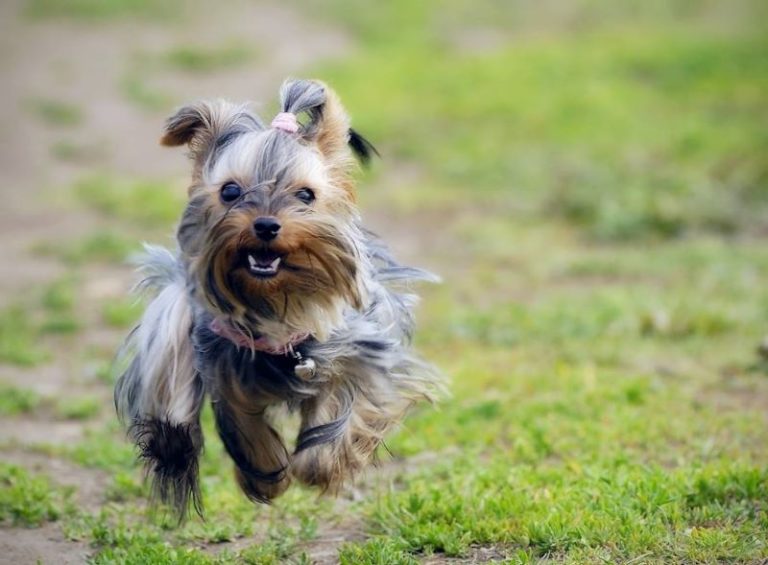
Parti colored Yorkies have a combination of 3 colors. The colors are usually black, white, and a shade of brown that is usually tan.
The markings vary from one Parti Yorkie to another. In most, white fur covers most of the body with black and brown forming patch markings. In other cases, the Yorkie has a predominantly black coat with the brown and white fur serving as the patch markings on different parts of the body.
3. Merle Yorkie
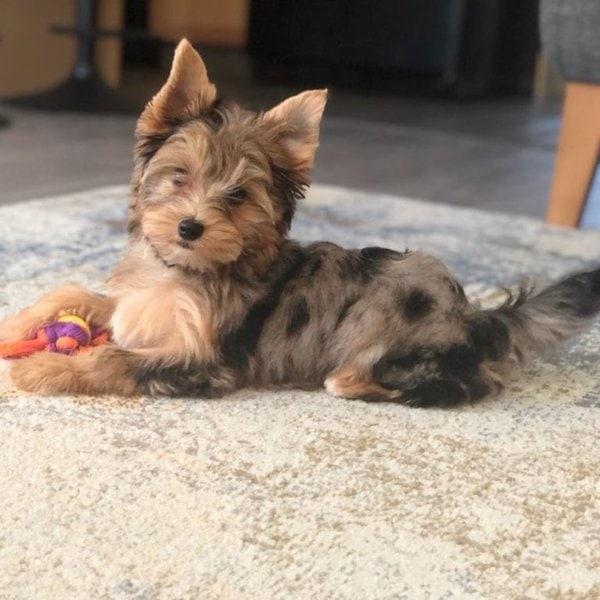
The Merle Yorkie can be identified by their dark spots on brown, tan, or white coats. What makes them different from Spotted Yorkies is the fact that Merle spots are mottled and tend to have very irregular and undefined margins.
Furthermore, the spots on Merle Yorkies are not restricted to any part of the body and can occur anywhere from the face to the limbs. They also sometimes may have different colored eyes.
2. Sable Yorkie
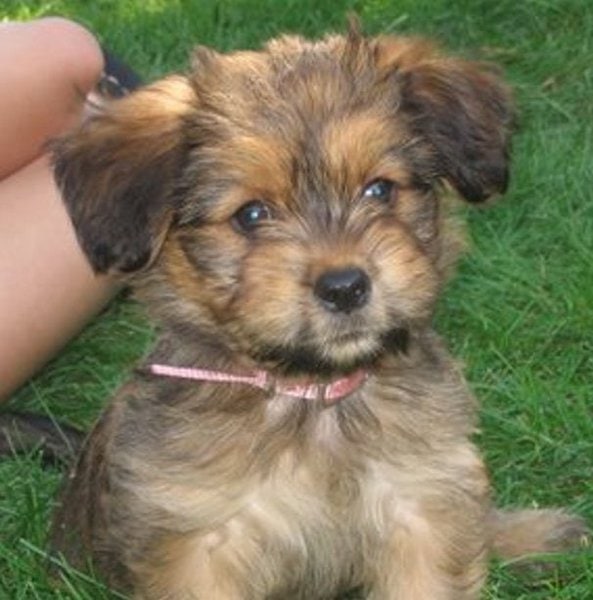
Sable Yorkshire Terriers have black tips on lighter colored sections of coat. This unique and beautiful trait may be hard to pick out from afar. This is the case especially where the tips occur on glossy coats like gold or dark shades of brown.
Sable Yorkie markings pretty much occur with any coat color combinations but is particularly common on Black and tan Yorkies as well as on Tricolor variations of the breed.
1. Brindle Yorkie
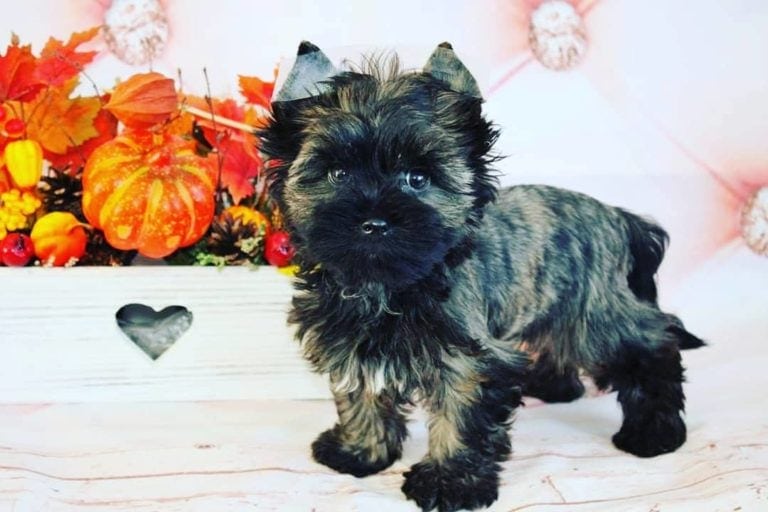
Brindle Yorkies are incredibly rare dogs. They have unique markings in the form of dark colored stripes on lighter shades of coat. This rare aesthetic in Yorkies appears with color combinations like black and tan or black and gold.
The stripe markings on Brindle Yorkies mainly occur on the torso and are easiest to pick out over the back. They may also appear on the face and limbs but are harder to distinguish in these locations.
Related Questions
How Can You Tell A Purebred Yorkie? The best way to tell whether or not a Yorkie is purebred is through genetic testing if you want accurate and reliable results. You could also use standard physical features as a way to tell whether or not your dog is a pure Yorkie. While some of these features are not always specific to the Yorkshire Terrier breed, their appearance in this combination means yours is probably a pure Yorkie. The features include:
- Toy dog build
- Long, straight or wavy coat
- Short muzzle with button nose
- Large, dark eyes
- Small, erect ears
What Color Will My Yorkie Be? The color your Yorkie ends up having depends entirely on genetics. Blue and tan as well as black and tan combinations are the most popular. Interestingly, Yorkies tend to get lighter as they age. The colors become brighter and markings get more defined. The final color that your Yorkie will have can be seen when they reach maturity at around one year of age.
What Is A Blue Born Yorkie? A Blue Born Yorkie is a color variety of the Yorkshire Terrier that has a watered down shade of black from birth. These dogs are purebred Yorkies and may have the coat usually as a combination of blue and lighter markings like brown or tan. Unlike regular blue Yorkies whose blue coat comes in when they are older, Blue Born Yorkies are born with the watered down black shade which just gets lighter with age.

